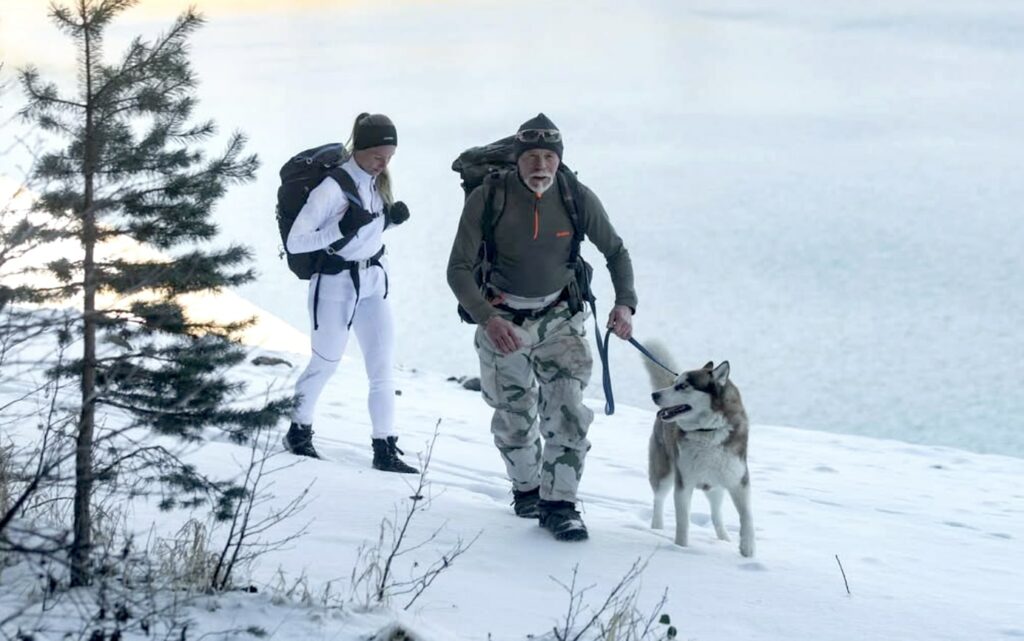Thermoregulating garments now play an essential role in the outfitting of sportsmen and women and outdoor enthusiasts. Thanks to advances in fibres and technical textiles, some brands now offer fabrics that can support the body in the most demanding conditions. This is particularly true of the solutions developed on the akammak.com, A world where textile expertise meets comfort, performance and thermal protection.
The primary function of a thermoregulating garment is to maintain a stable body temperature, even when the athlete is alternating between intense effort, rest phases or climatic variations.
This thermal stability is based on two complementary mechanisms. Insulation when temperatures are low, and rapid evacuation of moisture when heat or exertion raise body temperature.
In the past, you had to pile on layers to protect yourself from the cold. Today, a single well-designed garment can replace several layers while offering greater comfort.
Textile innovations enable us to come up with solutions for every season. Certain technologies designed for winter, such as the fabrics in the ColdWinner® range, help to combat the cold and run in extreme conditions.
Conversely, other materials such as those in the FreshWinner® range limit the impact of heat and UVA rays thanks to a combination of technical fibres and natural fibres, such as bamboo fibre. The same garment can therefore be an ally in both summer and winter, when travelling or playing sports.
Thermal protection and freedom of movement
The effectiveness of these textiles is particularly apparent when the activity requires fine-tuned effort management. When hiking, for example, the choice of garment must avoid overheating on climbs while maintaining good insulation during breaks.
Merino wool models are particularly suitable, as they are naturally breathable, antibacterial and comfortable. When mountaineering, the challenge is to stay dry despite the alternation between exertion and static phases, so a warm but breathable first layer is essential.
Skiing clothing depends on the type of activity: cross-country skiing requires a very breathable, lightweight layer, while downhill skiing is better suited to a medium-weight thermo-regulating garment.
Finally, for running, fine, close-fitting textiles that are highly effective at wicking away moisture mean you can run even in winter without feeling any discomfort or loss of mobility.
As well as providing thermal protection, these garments offer real freedom of movement and prevent chafing and the feeling of cold damp. Today, they are a reliable solution for sportsmen and women, travellers and anyone working outdoors.

